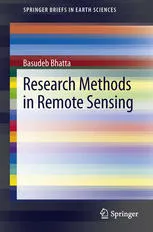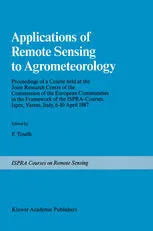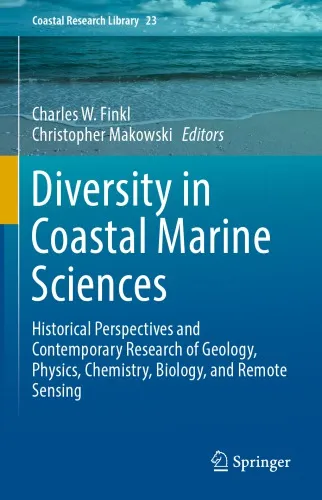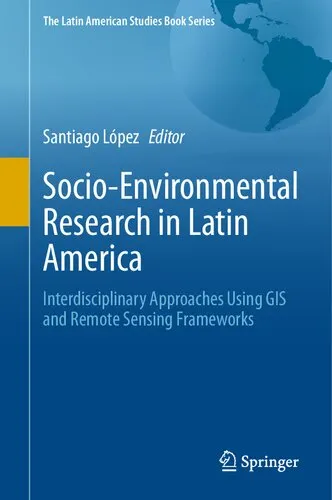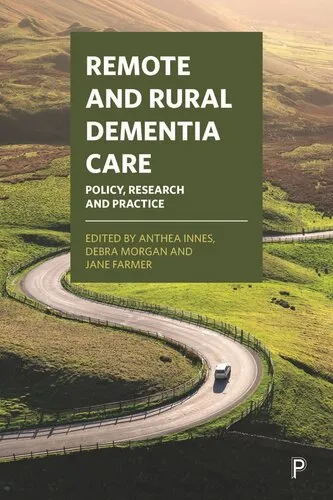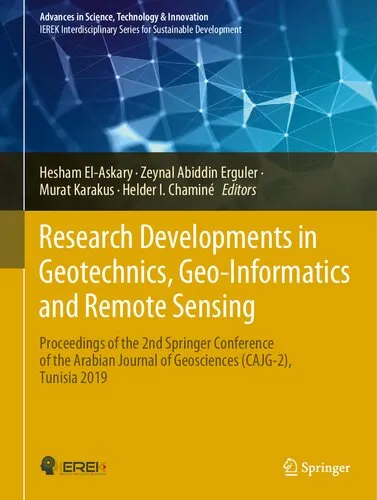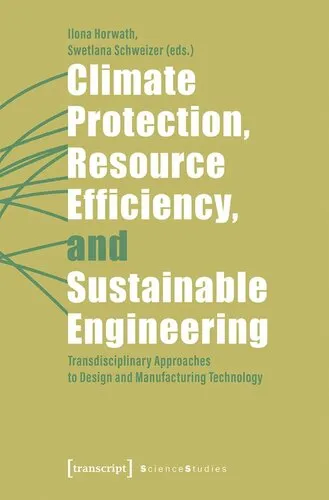Remote Sensing of the Atmosphere for Environmental Security: Proceedings of the NATO Advanced Research Workshop on Remote Sensing of the Atmosphere for Environmental Security Rabat, Morocco 16–19 November 2005
3.5
Reviews from our users

You Can Ask your questions from this book's AI after Login
Each download or ask from book AI costs 2 points. To earn more free points, please visit the Points Guide Page and complete some valuable actions.Related Refrences:
Introduction
Remote sensing of the atmosphere represents a pivotal component in the larger equation of environmental security. As we grapple with an array of global challenges, from climate change to pollution control, the need for comprehensive and accurate atmospheric data has never been more critical. In this regard, the book "Remote Sensing of the Atmosphere for Environmental Security" provides invaluable insights and scientific discussions arising from the NATO Advanced Research Workshop held in Rabat, Morocco, from November 16-19, 2005.
Detailed Summary of the Book
The book serves as a compendium of expert discussions and research papers presented during the workshop, encapsulating a wide spectrum of topics pivotal to atmospheric remote sensing. It delves into the technological advancements that have propelled satellite and ground-based remote sensing techniques, providing a nuanced understanding of how these advancements contribute to environmental security. Chapters in the book cover state-of-the-art methodologies for monitoring atmospheric constituents, the role of remote sensing data in environmental policymaking, and the integration of these technologies in assessing climate-related vulnerabilities.
The proceedings bring together an international assembly of scientists, policymakers, and technologists, offering a multitude of perspectives on how remote sensing can address both region-specific and global environmental challenges. The book emphasizes a multidisciplinary approach, underscoring the collaboration between atmospheric sciences, engineering, and information technology to foster sustainable environmental practices.
Key Takeaways
- Understanding the Role of Remote Sensing: The book elucidates how remote sensing technologies are fundamental in observing and analyzing atmospheric phenomena, enabling informed decision-making for environmental policies.
- Technological Advancements: A detailed exploration of cutting-edge remote sensing techniques and tools is thoroughly discussed, highlighting their applications in contemporary environmental security scenarios.
- Multidisciplinary Collaboration: Emphasizing the necessity for cross-disciplinary collaboration, the book showcases the synergy required between technology and environmental sciences to achieve effective outcomes.
- Policy Implications: It presents case studies and discussions on how remote sensing data should be utilized to influence international and national environmental policies for greater impact.
Famous Quotes from the Book
“Remote sensing acts as the eye in the sky, a beacon for the in-depth understanding of our atmospheric environment.”
“In the synthesis of data, technology, and policy lies the pathway to environmental stewardship and security.”
Why This Book Matters
This book assumes a significant role in bridging the gap between scientific inquiry and practical application in the realm of environmental security. By documenting the proceedings of a notable international workshop, it becomes an essential resource for researchers, technologists, and decision-makers alike. It is instrumental in fostering an understanding of how remote sensing can effectively address atmospheric challenges, thus safeguarding our environment for future generations.
Moreover, as the global community becomes increasingly aware of the realities of climate change and environmental degradation, the insights provided in this book contribute to the global discourse on sustainable environmental practices. It underscores the urgency of leveraging advanced technologies to monitor, manage, and mitigate environmental risks, thus promoting a future rooted in scientific vigilance and responsible stewardship.
This book stands as a testament to the importance of international cooperation and knowledge-sharing, vital for enduring progress and environmental security worldwide.
Free Direct Download
You Can Download this book after Login
Accessing books through legal platforms and public libraries not only supports the rights of authors and publishers but also contributes to the sustainability of reading culture. Before downloading, please take a moment to consider these options.
Find this book on other platforms:
WorldCat helps you find books in libraries worldwide.
See ratings, reviews, and discussions on Goodreads.
Find and buy rare or used books on AbeBooks.
1229
بازدید3.5
امتیاز0
نظر98%
رضایتReviews:
3.5
Based on 0 users review
Questions & Answers
Ask questions about this book or help others by answering
No questions yet. Be the first to ask!
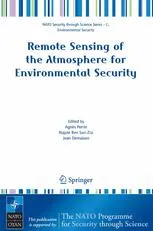
![Unleashing the Power of UX Analytics: Proven techniques and strategies for uncovering user insights [Team-IRA] [True PDF]](https://s3.refhub.ir/images/thumb/Unleashing_the_Power_of_UX_Analytics__Proven__9372.webp)

